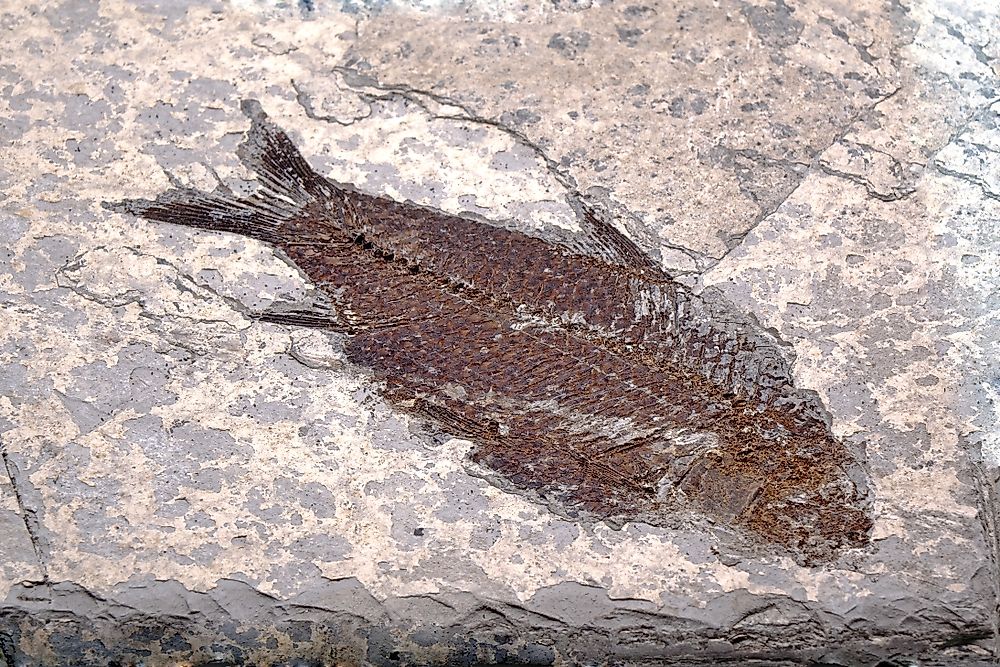What is the Geologic Time Scale?

The geologic time scale breaks down the earth's history into time spans marked by different events, species, and evolution of the species. Earth scientists such as geologists and paleontologists use the geologic time scale to explain the timing and association of occurrences that have taken place in earth’s history.
Formulation of Geologic Time Scale
The first significant attempt to construct a geologic time scale applicable anywhere on earth was made towards the end of the 18th century. Werner championed the most significant attempt. William Smith, Jean d'Omlius d'Halloy, Georges Cuvier, and Alexandre Brogniart made efforts to identify strata using the fossils they contained in the early 19th century. These efforts made it easier for geologists to make more precise divisions of earth's history. Correlation of strata cross-national, and continental boundaries became possible. Any two strata that contained the same fossil were considered to have been laid down at the same period regardless of how far apart the strata was located. Between 1820 and 1850, a detailed study of the stratification and fossils of Europe were carried out. It is this study that produced the order of geological periods that are recognized today.
Geological Table
The geologic table was constructed by earth geologists based on how strata and fossils were positioned in the crust of the earth. Before radioactivity was discovered in 1896 and radiometric dating was developed, geologists estimated the timescales by studying the speeds of erosion, weathering lithification, and sedimentation. In 1913, Arthur Holmes, a British geologist, published the first geologic time scale with absolute dates. The geologist is also credited with furthering the discipline of geochronology and publishing ‘The Age of Earth,' a world-renowned book according to which the earth is at least 1.6 billion years old.
Eras of the Geologic Time Scale
The geologic time scale features four periods, the first one is the Precambrian era, followed by the Paleozoic era, Mesozoic era, and the Cenozoic era.
Precambrian Era
The Precambrian era dates from the beginning of the earth about 4.6 billion years ago. There was no life on earth during the Precambrian era.
Paleozoic Era
The next time span is the Paleozoic era which dates from 542 million years ago to 250 million years ago. Many species developed during this era but a majority of them were wiped out before the end of the time span.
Mesozoic Era
The Mesozoic era followed the Paleozoic era. The period dated between 250 and 65 million years ago. Many species evolved during the Mesozoic era to replace the ones that went extinct in the previous era. The humid and tropical climate of the Mesozoic era leads to the growth of many types of plants. Another incident that marks the Mesozoic period is the evolution of the dinosaurs into birds. Towards the end of this era, another major wipeout of the species including the dinosaurs happened.
Cenozoic Era
Smaller mammals that survived the Mesozoic era thrived during the Cenozoic era. This period dates from about 65 million years ago to the present time. Human evolution happened during this time span, and all life on earth evolved from their former primitive states to their current states in the Cenozoic era.
Naming of Geologic Periods, Epochs and Eras
British geologists dominated the early stages of developments of the geologic time scale. The influence of these geologists is evident in the names of the geologic periods such as the Cambrian, Ordovician, and Silurian periods. The periods were named after Welsh tribes and were defined using the sequence of strata formation in Wales. Other periods with this influence include the Devonian named after the Devon County and carboniferous adapted from the British geologist's name for the strata “coal measures.” Geologists from other countries however defined some periods. A good example is the "Triassic" named by Friedrich Von Alberti, a German geologist.The “Jurassic,” on the other hand, was named by Alexandre Brogniart, a French geologist. The British geologists also grouped the periods into eras and subdivided the quaternary and tertiary periods into epochs.











